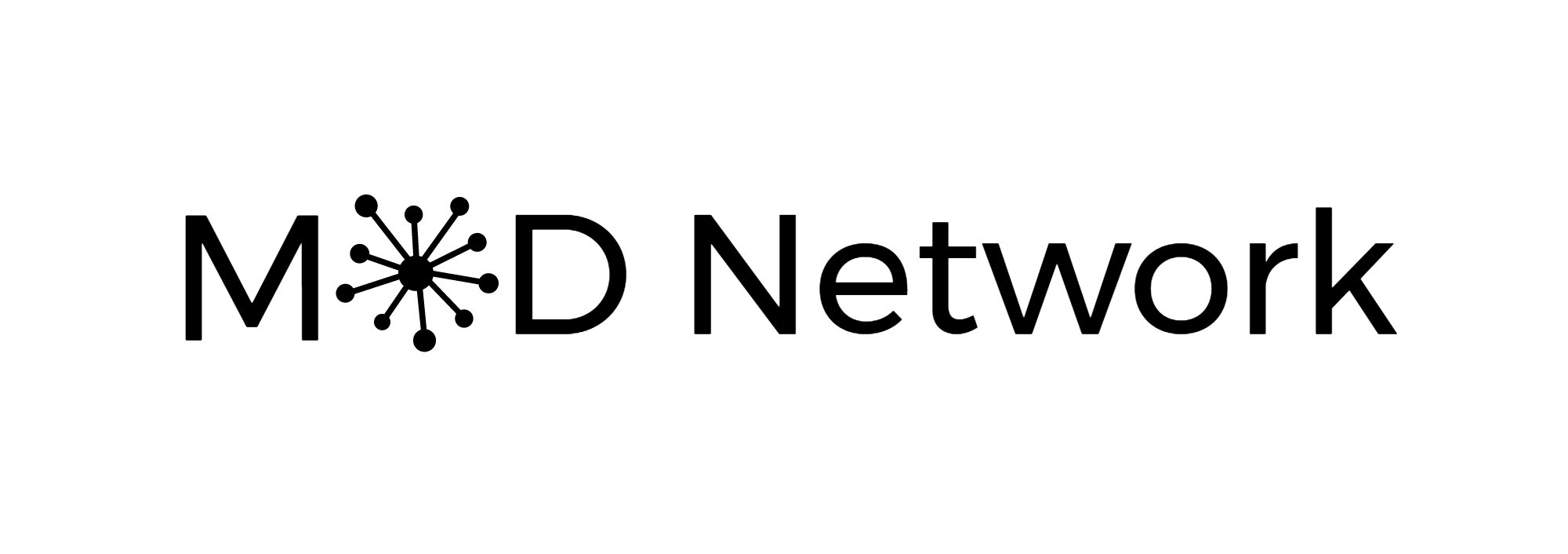Leadership Wants To Do What??
As a leader, one of the hardest things is having to stand behind an organizational decision that you disagree with. Perhaps it's having a different opinion about a big step forward or the frustration of always being five steps behind the competition. Over the pandemic I have frequently been hearing from leaders who are disappointed and even frustrated with their senior leadership.
The pandemic has provided us the opportunity to change the way we do business. Whether how we serve our customers or clients, how we treat our employees, or how we manage our systems internally. I keep hearing from leaders that their organization is completely missing the opportunity that the pandemic is providing (and that other organizations within the industry are taking advantage of).
Now you might say that organizations were more willing to change than I'm giving them credit for. Companies were forced to quickly shift gears, prove remote work or flexible work arrangements, speed up process digitization, and prioritizing employee health and well-being. However, as offices are opening back up it has become clear that in some organizations, these changes were never meant to be permanent.
So as that leader, when you're asked to follow and support an organizational decision that you disagree with, how does that feel? The first time that you do it, it may be easier to make the adjustment or tell yourself that the next time if it's a bigger deal you'll say something. However, there will be a point where you realize that the leadership does not have the same tolerance for risk that you do. I often find that innovative and high-performing leaders find it's hard to reason with someone who feels that any change to the status quo is inherently risky and should be avoided at all cost. Sometimes the risk of doing nothing is greater than the risk of trying something new.
What do you think happens in an organization when a more traditionalistic or conservative leadership approach butts up against a more adaptive and responsive leadership model that is eager to make change? The same thing that often happens when authority clashes with innovation… nothing. New ideas are tamped down and innovation withers away. At an individual leader level, I see a lot of moving around. I hear from managers or leaders who are struggling with senior leadership's apparent lack of vision, short-sighted strategy, or blatant denial about the industry changes and shifts. And at a certain breaking point, these leaders leave to find organizations that are making a change.
Mid-level leaders are often finding themselves directly responsible for the overall performance of their teams and departments, but also being well aware of the new challenges that the organizations face, they must respond. These leaders have to prepare, adapt, and adjust accordingly. However, the necessary quick adaptations and adjustments inevitably lead to challenging conversations. The more senior leaders who are committed and accustomed to the organization's typical strategy (even if it means inadvertently hurting the organization), bristle at the rapid changes and seek to reassert control on the situation. Organizations that are seeing the best bounce back from the pandemic are those that have a leadership team that is adaptive, responsive, and flexible vision. If you find yourself facing these challenges as a leader in your organization, remember that these traits (while not readily welcomed), are what your organization needs to succeed.


